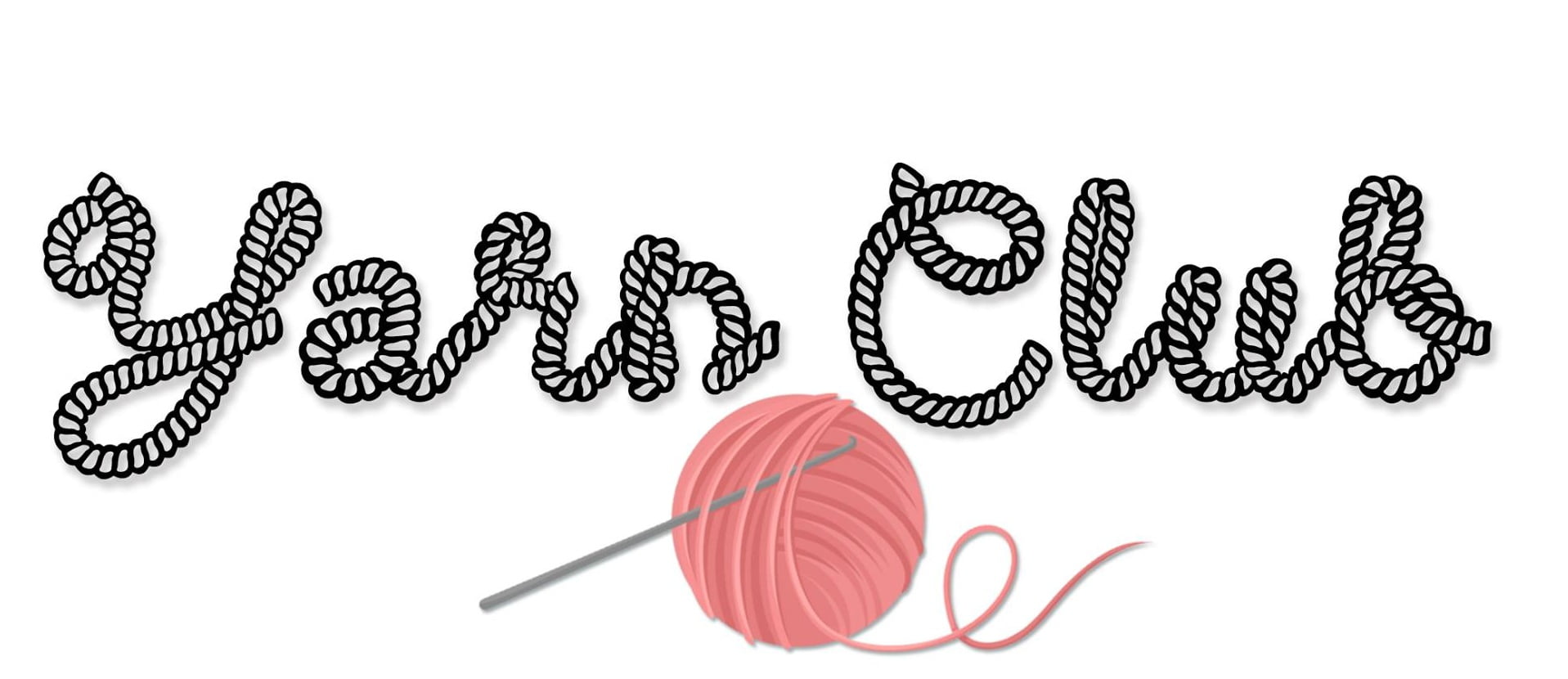PICKING UP KNIT STITCHES ALONG HORIZONTAL AND VERTICAL EDGES

Hello crafters,
Picking up stitches is a simple way of adding stitches and building off an already finished piece of knitting. This could be for adding cuffs, or along a neckline for a collar, or to add to existing knitting. Reading ‘pick up stitches’ in a pattern may feel daunting but it doesn’t require any special skill other than wrapping yarn around your needle to create a loop. If you can do a knit stitch you can pick up a stitch. Often what catches people out is how to pick up stitches evenly. Generally you are picking up fewer or more stitches than already exist along the finished edge you’re building off. So below we’ve put together some tips on how to make this as easy as possible.
BEGINNER’S GUIDE – HOW TO PICK UP STITCHES EVENLY
HOW TO PICK UP A STITCH
In a pattern you could be required to pick up stitches along a horizontal edge (cast on or cast off) or a vertical edge, or a combination of both. Whatever edge you’re picking up stitches along the principle is the same.

CAST OFF EDGE
Working from right to left, insert your needle into the first stitch under BOTH strands of the ‘v’. Along a cast on or cast off edge the ‘v’s make up a neat chain or braid along the top.

VERTICAL EDGE
Along a vertical edge you’ll be inserting your needle through the centre of a stitch or first space on the edge of the piece. Doing so you will notice the edge forms a braid or chain made of two strands that looks similar to the ‘v’s of the cast on or cast off edge.


Leaving a long tail for weaving in later, wrap the working yarn around your needle (just like a knit stitch) and pull through to create a stitch on your needle. Repeat these steps all along the edge until you’ve picked up the required number of stitches.

TIP – When casting off collar or cuff edges, and then picking up stitches, it is important to be aware of your tension and ensure you don’t cast off or pick up stitches too tightly. If your edges are too tight you may find they won’t stretch and therefore won’t fit over a head or wrist.
PICKING UP STITCHES EVENLY
TIP – Counting how many stitches are along your finished edge before picking up stitches will mean you know if you are picking up fewer or more before you even begin. Sometimes you may get lucky and find you are picking up every stitch.
FEWER STITCHES THAN THE NUMBER ALONG A FINISHED EDGE
When a pattern instructs you to pick up a specific number of stitches – but the edge has more stitches than you need to pick up – skipping stitches will allow you to distribute the number of stitches along the full edge as evenly as possible.
There are a couple of ways to decide how many and how frequently you should skip stitches:
1. Measure along the edge you will be picking up stitches from and using safety pins or locking stitch markers divide the edge into two or more equal sections, placing the markers/pins at even intervals along the piece. Divide the number of stitches you need to pick up by the number of sections you’ve created. You now have more manageable sections from which to pick up stitches and it will be easier to track and see how many or how frequently you should skip a stitch in each section.

2. If you prefer maths to measuring, you can count how many stitches are along the edge of your piece and minus the amount of stitches you want to pick up from this number to calculate how many stitches you need to skip. Then divide this number into the amount of stitches along the edge to calculate at what interval you should skip a stitch.
For example your edge has a total of 32 stitches. You need to pick up 28 stitches. 32 minus 28 equals 4. 32 divided by 4 equals 8. Therefore you should skip every 8th stitch. To evenly pick up 28 stitches along your edge you should pick up 7 stitches, skip one stitch, pick up 7 stitches, skip one stitch, and so on until you’ve picked up a total of 28 stitches.
You won’t always have numbers that divide perfectly, and may have to pick up one less stitch every other interval to balance it, but as long as you space out the skipped stitches as evenly as possible your work will look even.

MORE STITCHES THAN THE NUMBER ALONG A FINISHED EDGE
When a pattern instructs you to pick up a specific number of stitches – but the edge has fewer stitches than you need to pick up – you can pick up a second stitch through the back of the loop of the same stitch.
After you have inserted your needle into the stitch under BOTH strands of the ‘v’, wrapped the working yarn around your needle (just like a knit stitch) and pulled through to create a stitch on your needle, insert your needle back into the same stitch this time under the BACK strand of the ‘v’ only. In the same way as your first stitch, wrap the working yarn around your needle and pull through to create a stitch. Not unlike a standard increase stitch, you will have now created two new stitches from one stitch.

Similar to skipping stitches you will need to calculate how many and how frequently you need to create two stitches from one, to make sure the stitches are distributed evenly across your edge. The methods above dividing the edge into sections or using maths to calculate stitch numbers can be used to increase stitches as well as skipping stitches.
How to pick up stitches along a vertical edge
